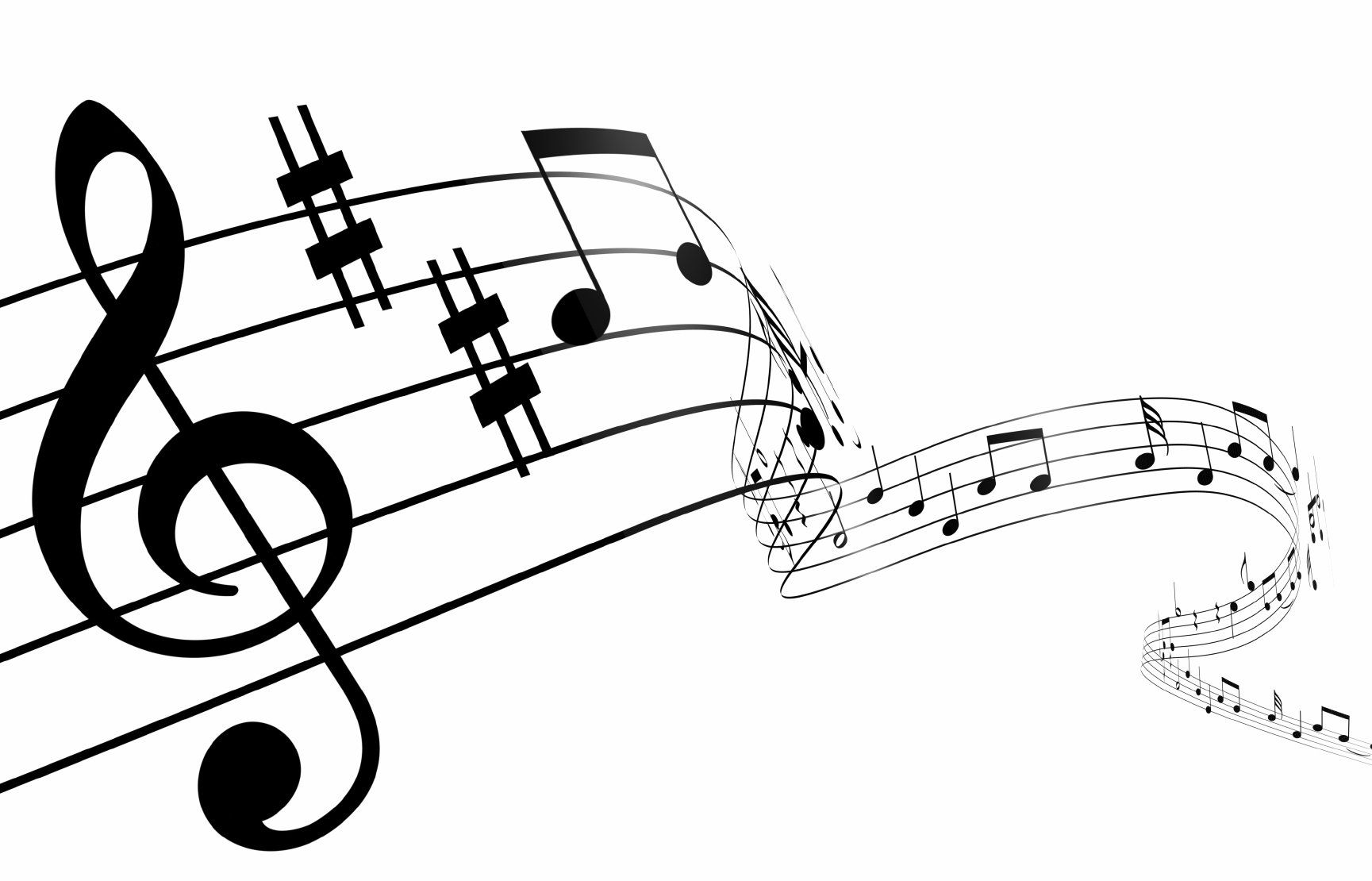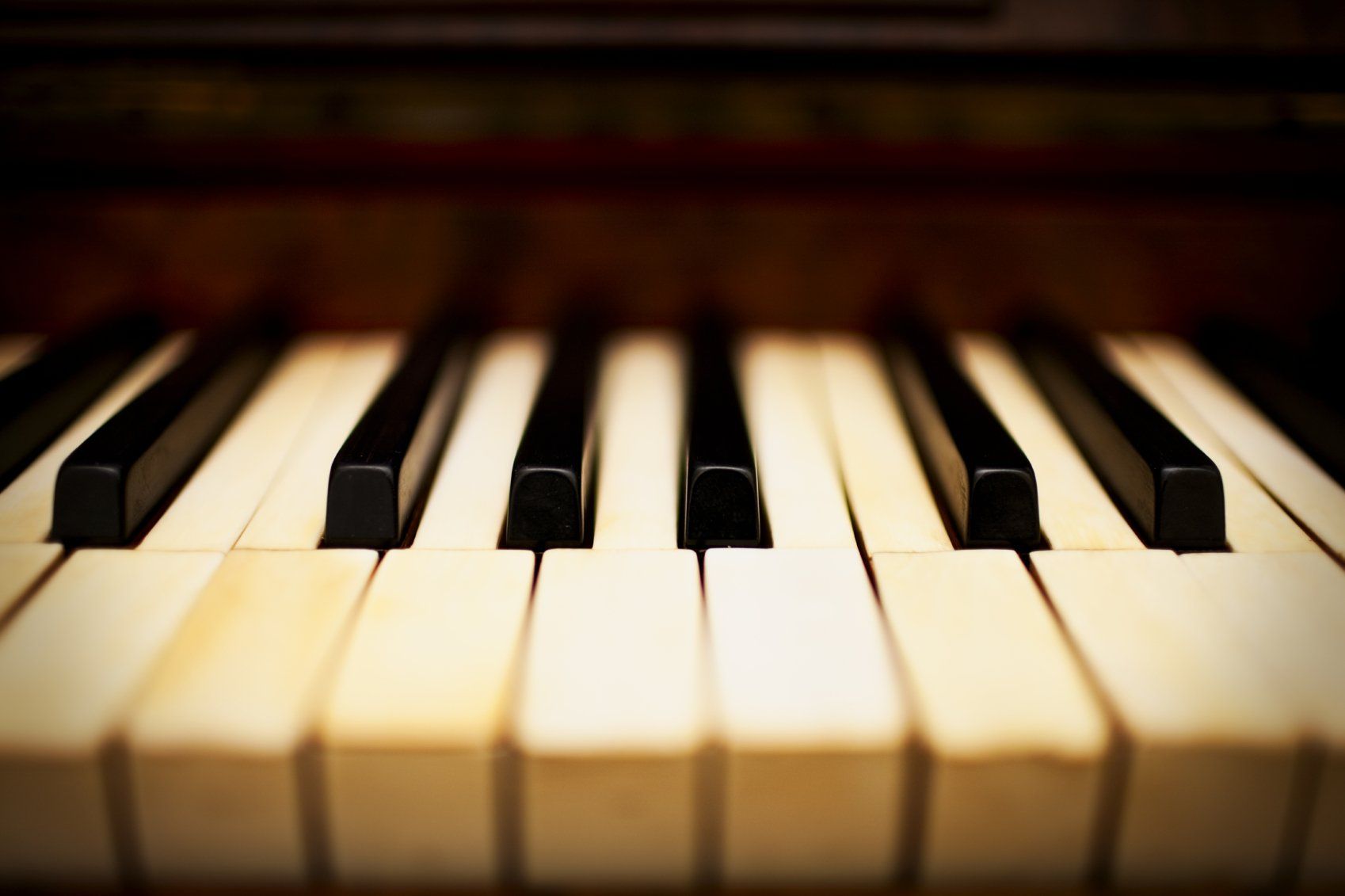Commit to Lifelong Learning
"perpetuam uitae doctrina!"
"Live as if you were to die tomorrow.
Learn as if you were to live forever." Mahatma Gandhi.

Keyboard Musical Instruments!
Enrich Your Life! We are here to point you in the right direction and cheer you on.
Why not Learn to Play a Keyboard Instrument?
You can do it! It is worth a try!


Lifelong Learning:
The Ultimate Keyboard Instruments 101: From Pianos to Organs



The Piano:
A Classic Instrument for All Genres
The piano is undoubtedly the most well-known and popular keyboard instrument in the world. It's no wonder why it has become a classic and a favorite among musicians and enthusiasts alike.
The piano is unique in that it offers a range of dynamics and expressiveness that can cater to various music genres. It can be used for classical music, jazz, pop, rock, and everything in between. In fact, the versatility of the piano is one of its biggest strengths. Its 88 keys, which cover the entire spectrum of sound, can be played softly or loudly, with the ability to play multiple notes at once.
The piano's mechanism is also worth noting. Unlike most other keyboard instruments, the piano uses hammers that strike strings to produce sound. This mechanism gives the piano a more organic and resonant sound than other keyboard instruments.
It's also important to note that there are two types of pianos: acoustic and digital. Acoustic pianos are the traditional type of piano that has been around for centuries. They require tuning and maintenance but offer a sound quality that is hard to match. Digital pianos, on the other hand, use technology to simulate the sound and feel of an acoustic piano. They are more portable and require less maintenance than their acoustic counterparts.
Overall, the piano is an excellent choice for anyone who wants to learn to play the keyboard or those who are looking for a reliable and versatile instrument. Whether you want to play classical music or pop songs, the piano is sure to deliver the goods.
